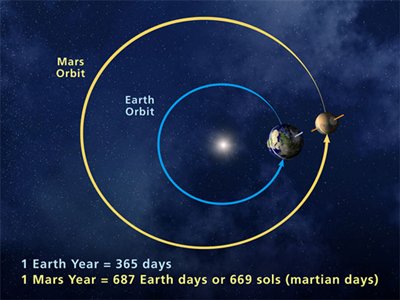 The Earth’s Rotation is the term given to the Earth turning on its own axis. It rotates counter-clockwise from East to West. The average time it takes for the Earth to complete a rotation relative to the sun is 86,400 seconds (go and do the math). This is known as a Solar Day. A Solar Day has changed in length since the 19th century because of tidal acceleration. A Stellar Day is the Earth’s rotation relative to that of the stars. Earth’s sidereal day is its rotation period relative to that of the processing mean vernal equinox. A stellar day is 8.9 milliseconds longer than a sidereal day. The sidereal and the stellar day are shorter than a solar day by 3 minutes.
The Earth’s Rotation is the term given to the Earth turning on its own axis. It rotates counter-clockwise from East to West. The average time it takes for the Earth to complete a rotation relative to the sun is 86,400 seconds (go and do the math). This is known as a Solar Day. A Solar Day has changed in length since the 19th century because of tidal acceleration. A Stellar Day is the Earth’s rotation relative to that of the stars. Earth’s sidereal day is its rotation period relative to that of the processing mean vernal equinox. A stellar day is 8.9 milliseconds longer than a sidereal day. The sidereal and the stellar day are shorter than a solar day by 3 minutes.
The axial tilt of the Earth by 23.5 degrees is the cause for the change in seasons and climate on the planet. The tilt alternates from one hemisphere to the next. A different side of the hemisphere tilts toward the sun every half year. This causes seasonal and weather changes in both sides of the globe.
The Earth’s orbit is when the Earth revolves around the Sun. It takes the Earth 365.24 solar days or one year for it to complete a full revolution around the sun. The average distance of the Earth from the sun during the orbit is around 150,000,000. The orbital path of the Earth is elliptical.
The moon revolves around the Sun as it revolves around the Earth. A synodic month is the time that elapses from new moon to new moon. An average month lasts 29.53 days.
Earth's Orbit Around the Sun
